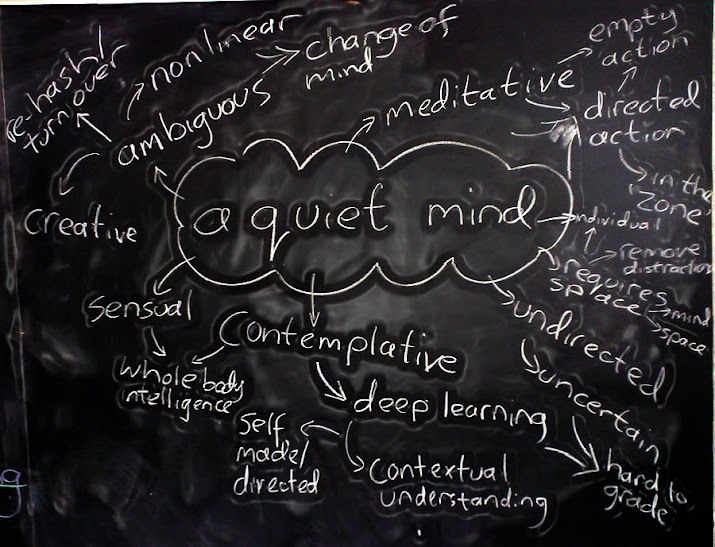Thanks to @fitfatman I now have a working term for an emergent student behavior:
PHOTOBOARDING: an emerging student response of taking pictures of in-class notes from overheads or the board, rather than writing notes.
In a senior academic English class we began a unit on short stories. The instructions were complex and specific (across several pages) and involved creating a lesson on the short story of their choice, and then teaching the class that lesson (good prep for university seminar work).
Pretty much every student looked over the paper without reading it, made no effort to create a plan based on the criteria and then talked about their weekend with each other (while occasionally complaining about how much reading was involved with this unit). It's a week before the holiday break, they weren't particularly motivated to be there. Fortunately universities never set exams or anything important right before the holiday break.
One of the sharp ones came up and asked for clarification. I spent 20 minutes sketching out a timeline/chart based on the criteria in the assignment with him on the board (in other words, I made notes). By the end of our chat he had a clear idea of what to do on this specific assignment (I didn't suggest anything, I simply wrote down what he found in the handout). He also had a useful means of organizing himself for future assignments.
When we were done half a dozen students came up and took photos of the board with their phone cameras. There were maybe 50 words in the chart. In talking to other teachers, this appears to be an emerging student habit, taking pictures of notes written in class.
There are a couple of difficulties with this.
It turns out that writing by hand creates all sorts of interesting neurological connections between the sense experience of hearing and seeing, and the development of memory structures around new ideas. I'm guessing that the 'push a button' approach doesn't create the same linkages, and doesn't allow you to work through the material a piece at a time so much as simply grab it up all at once, and they aren't even the ones doing the grabbing.
The other difficulty lies in what this approach says about what happens in a classroom. Students often come in after missing a class and ask what they missed. They expect access to information, easily handed over, often online. If information transmission is all that happens in the classroom, then you really don't need a teacher to do that. If information transmission is the point of education, then we really don't need many people at all.
In the moment that I modeled, experimented and tried to demonstrate a self-sufficient way for a motivated student to get a handle on complex instructions, I wasn't merely transmitting information, I was trying to create a memorable moment using written and verbal cues that would give him the tools to deal with this situation in the future. The notes were an expression of this, but the goal was a change in his behavior that allows him to be more self sufficient and effective in dealing with complex tasks.
Taking a picture of the notes, reducing that moment of teaching to a few pieces of information on the board, fails to recognize the importance of internalizing learning. If we develop digital habits that limit our ability to effectively remember what happens, and in the process reduce the complex internalization of ideas by simplifying teaching and learning into information transmission, we're one of the main components in the creation of digital natives who wallow in the shallow end of learning.
Many teachers speak of their students' horrific memory. Without the process of deep reading and writing to gradually introduce ideas into our minds, we become surface dwellers, never considering ideas in deep, contextual ways. Our brains are able to consume great amounts of detail if the information is streamed in (reading and writing happen to do this wonderfully well); snapping a picture does not allow for that.
The mechanics of reading and writing aside, my real concern is in the externalization of ideas. It is going to become increasingly difficult to teach (encourage growth in understanding and resultant behavior change) if the process of learning is simplified into data transference. In courses of study that develop complex curriculum over long periods of time (ie: all of them), we are displacing complex neurological actions that develop deep, contextual understanding and provoke personal growth with the click of a button.
As long as technology is seen and sold as a means of simplification and way of reducing effort, we're doing our students a disservice by pushing it, and ultimately creating imbeciles. Until we begin to advocate for technology that doesn't dumb us down, for technology that allows us to effectively complicate and empower our thought processes, we're part of a major societal problem.
In the meantime, students take photos of notes, replacing a cognitively engaging means of remembering and internalizing new ideas in a personal, contextual manner with the push of a button jpeg. Most digitally interested teachers would call this efficiency, but we seem to be constantly confusing efficiency with gross simplification.
Why We Remember What We Write
http://www.lifehack.org/articles/productivity/writing-and-remembering-why-we-remember-what-we-write.html
Memory & Writing
http://www.neurology.org/content/46/5/1467
What is learning?
http://www.learningandteaching.info/learning/whatlearn.htm
Deep Reading & Memory: A professor's guide to integrating writing...

